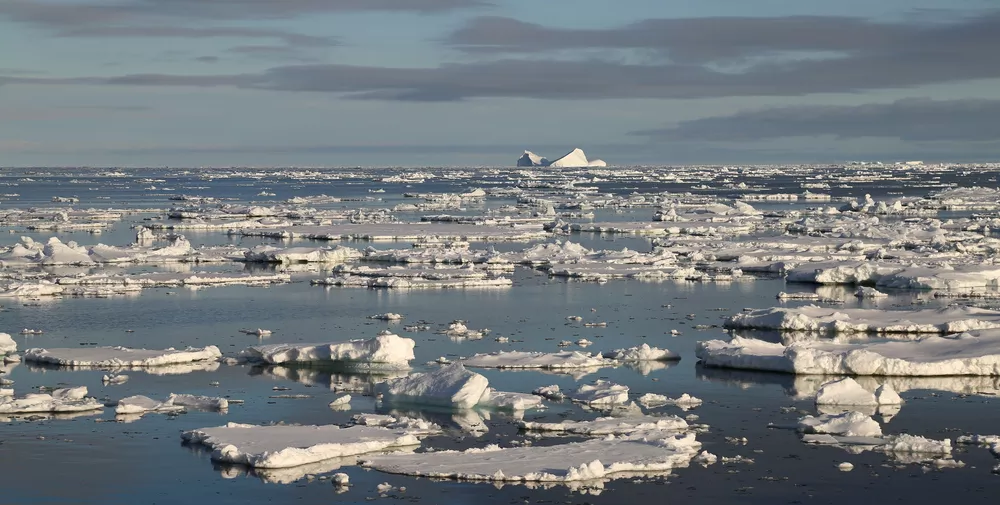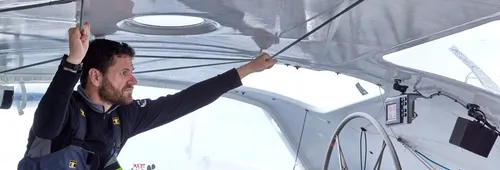Founded in 2019, PolarJournal is an international medium made up of journalists from Switzerland, Germany, Denmark and France. Throughout the skippers' passage around the fifth continent, PolarJournal will be disseminating its polar knowledge on the science, environment and biodiversity of Antarctica.
Embark now on your first voyage to the southern lands
As fragile as it is important for the proper functioning of the climate and ecosystems in general, Antarctica is the last continent to have been discovered by humankind, providing an incredible number of answers for the scientists who travel there. New questions are being raised as the discovery process continues.
When the austral summer is in full swing, several thousand people live in Antarctica. Scientists, mechanics, meteorologists, cooks, biologists, plumbers and telecoms engineers are all essential to maintaining the scientific stations and studying the world from an original perspective. In winter, just under a thousand people remain on site to ensure a continuous presence.
There are also few sailors in the southern seas. To get close to the continent, you have to cross the Roaring Forties, the Howling Fifties and the Breaking Sixties: a challenge taken up every four years by the Vendée Globe skippers, who since 2020 have been supporting science by taking oceanographic measurement tools on board.
The data collected is invaluable to scientists, enabling them to gain a better understanding of climate change and its consequences. Researchers like Peter Landschützer from the Flanders Marine Institute are counting on the presence of these ships every four years to monitor the behaviour of this little-used maritime space.
The Southern Ocean surrounds the Antarctic and its waters are changing - acidification, warming... And it is home to one of the largest animal biomasses on the planet, with fascinating animals living at the pace of the ice.
As it forms, the ice traps tiny air bubbles holding everything that can help us to better understand the history of our planet. At a depth of more than 3,000 metres beneath the surface of the Antarctic continent, there is air dating back more than a million years. This ice cap is a major witness to the history of the climate.









